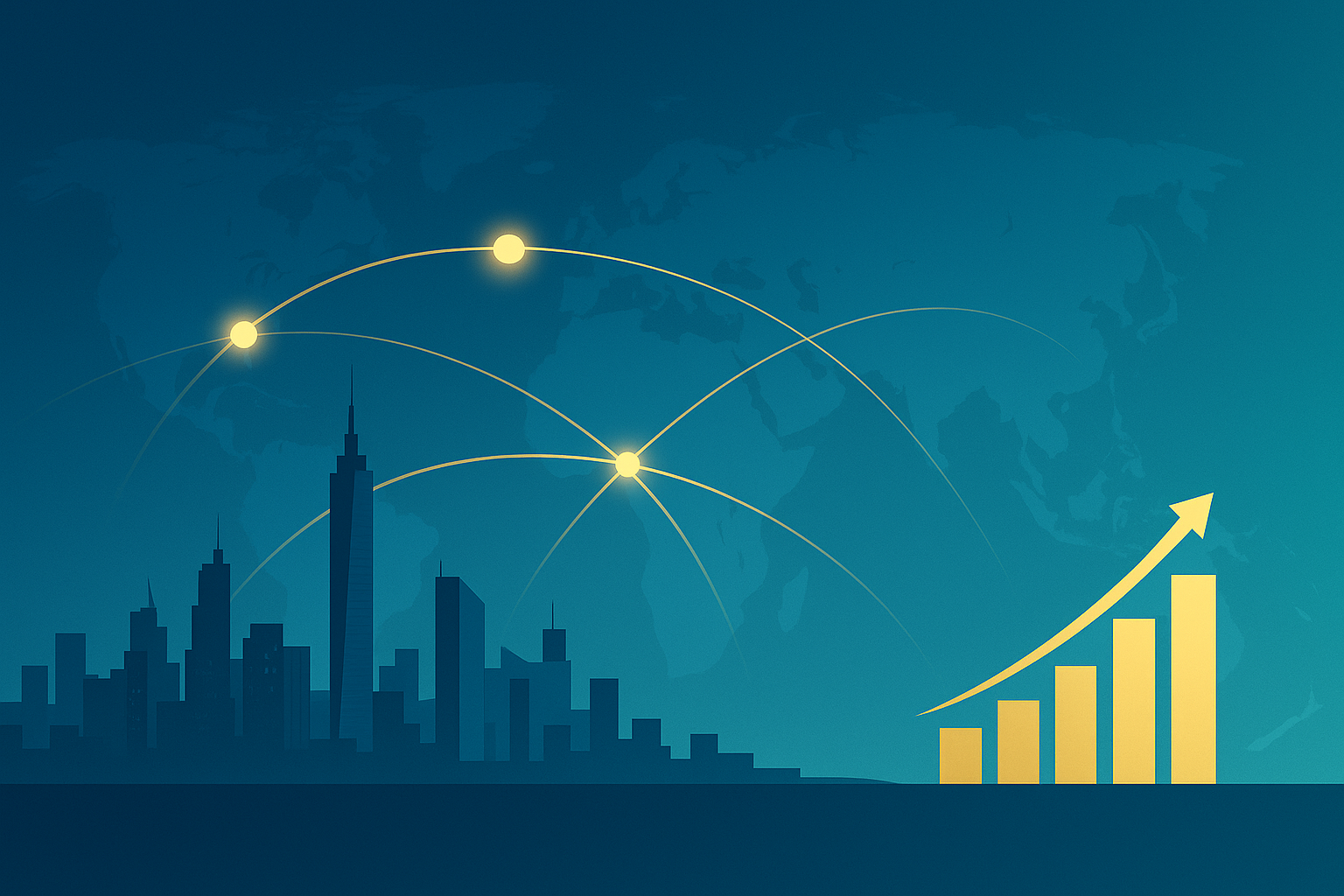News Overview
In the “Global Innovation Index 2025” published by the World Intellectual Property Organization (WIPO), China ranked 24 clusters within the top 100 in the Innovation Cluster Rankings, marking the world’s highest count for the third consecutive year. Notably, the “Shenzhen–Hong Kong–Guangzhou” cluster secured the top global position for the first time, symbolizing the emergence of China’s coastal urban regions as hubs of global technological innovation.
Chinese Government’s Evaluation and Background
Foreign Ministry spokesperson Lin Jian highlighted the following as key factors supporting China’s innovation capacity:
- Cultivation of new quality productive forces
expansion of high-tech and knowledge-intensive industries
- Improvement of intellectual property-related legal systems
enhancing the environment for IP protection
- Sustained increase in investment
expansion of R&D spending
He further showcased achievements across diverse fields, including the “Chang’e” lunar exploration program, the “Jiaolong” deep-sea submersible, domestically produced large aircraft, autonomous driving, humanoid robots, and AI foundation models.
China’s International Approach
What stands out is that China is not merely strengthening its domestic technological base, but is also advancing initiatives such as providing technical support to the Global South and promoting sustainable energy solutions. Through skill training and technology transfer, China seeks to enhance the independent innovation capabilities of emerging countries—a posture that can be seen as an effort to secure “leadership” in the international science and technology order.
Analysis — Global Impact
The latest ranking results indicate that China is transforming from being the “world’s factory” into the “world’s laboratory.”
- Geopolitical aspect
Competition for technological hegemony with the United States and Europe may intensify further.
- Economic aspect
Stronger IP protection will create an environment where global companies can confidently enter the Chinese market.
- Social aspect
The spread of new technologies such as renewable energy and AI to the Global South could contribute to narrowing the North-South divide.
Conclusion
The rise of the “Shenzhen–Hong Kong–Guangzhou” cluster to the top position is more than just a recognition of one urban region; it signifies China’s establishment as a central pillar of the global innovation ecosystem. Going forward, China’s next challenge will be how to strike a balance between international cooperation and competition.

